
How to Use XL4016: Examples, Pinouts, and Specs
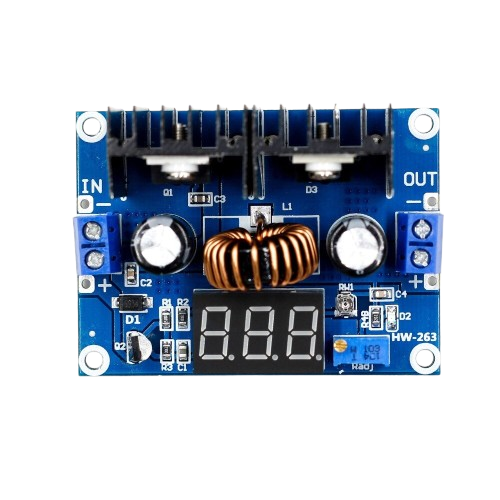
 Design with XL4016 in Cirkit Designer
Design with XL4016 in Cirkit DesignerIntroduction
The XL4016 is a high-performance step-down (buck) voltage regulator designed to convert a higher input voltage into a stable, lower output voltage. It is capable of delivering up to 8A of output current, making it ideal for applications requiring high current and efficient power conversion. The XL4016 features adjustable output voltage, thermal protection, and short-circuit protection, ensuring reliable operation in demanding environments.
Explore Projects Built with XL4016
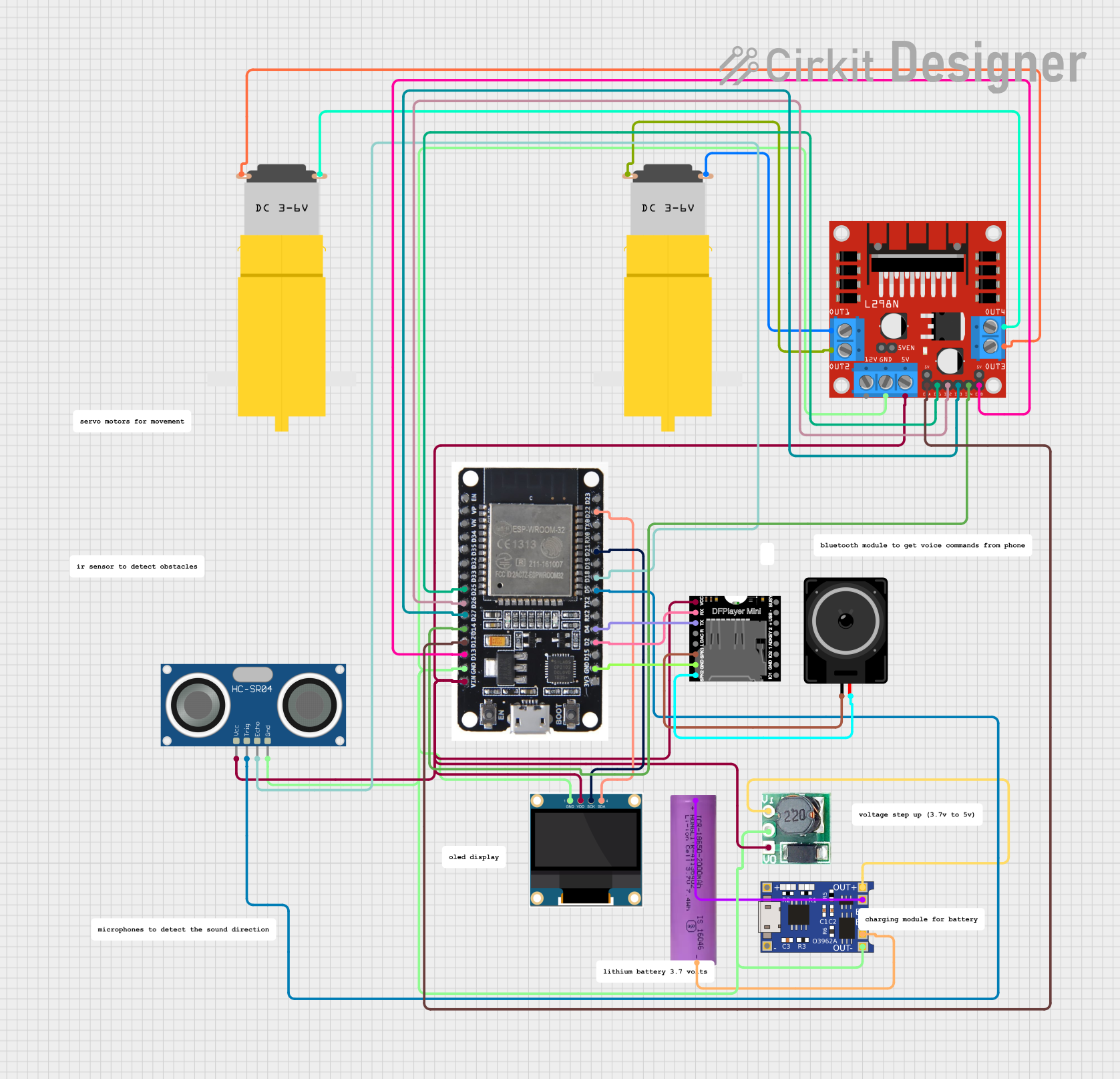
 Open Project in Cirkit Designer
Open Project in Cirkit Designer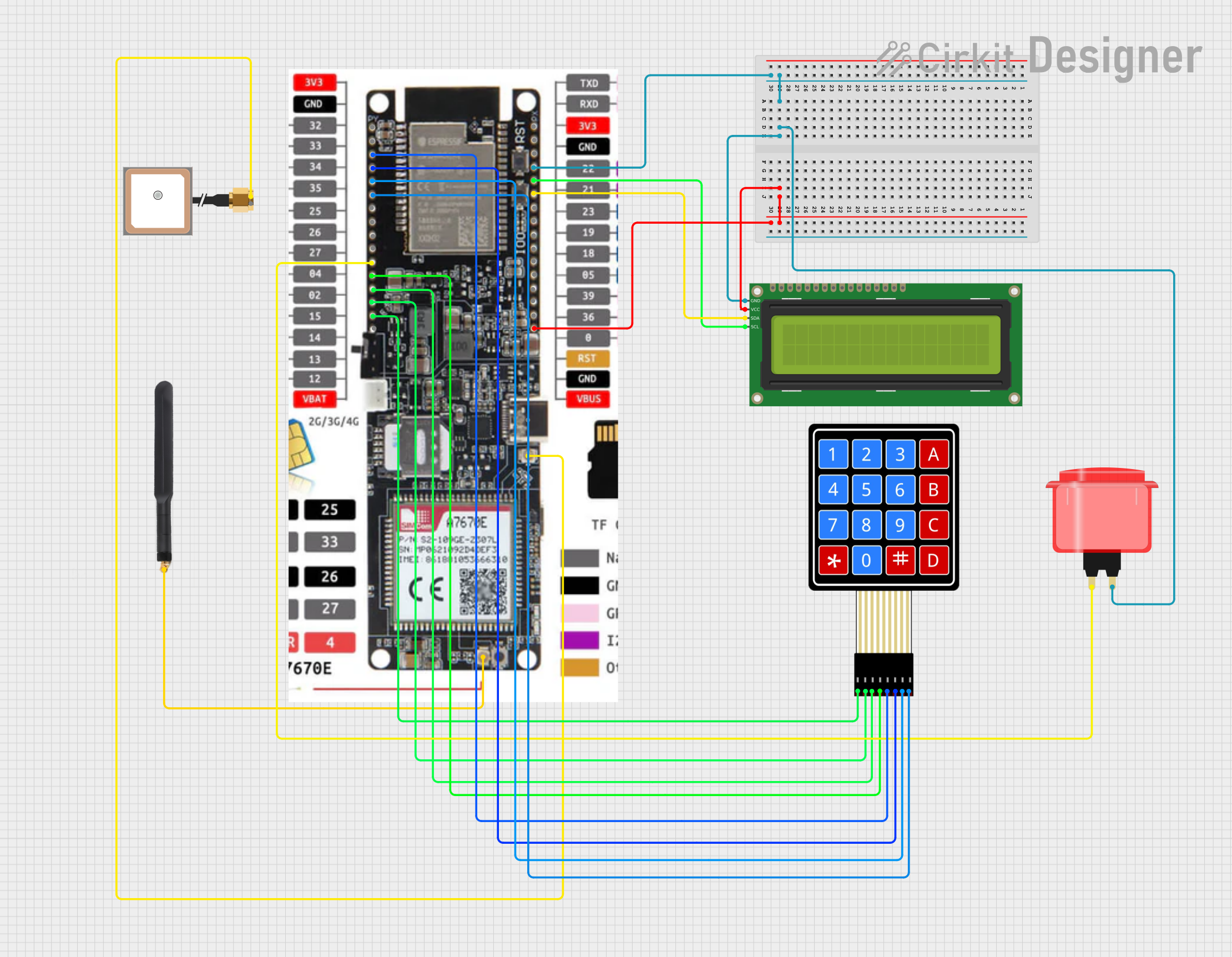
 Open Project in Cirkit Designer
Open Project in Cirkit Designer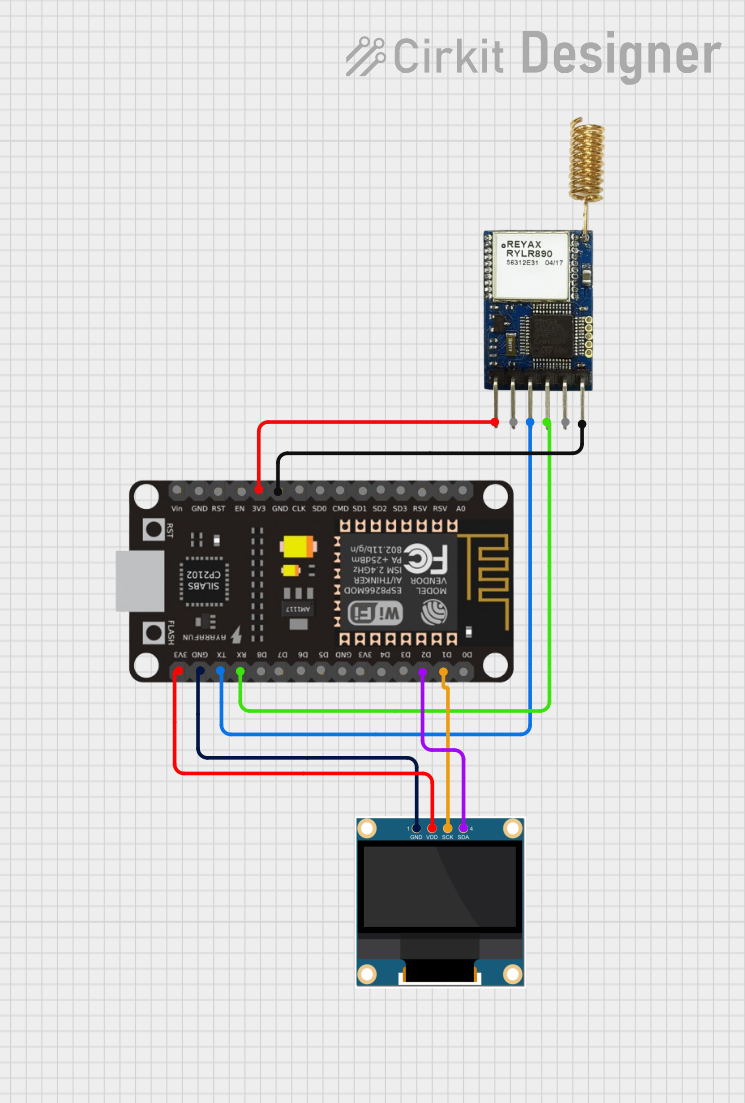
 Open Project in Cirkit Designer
Open Project in Cirkit Designer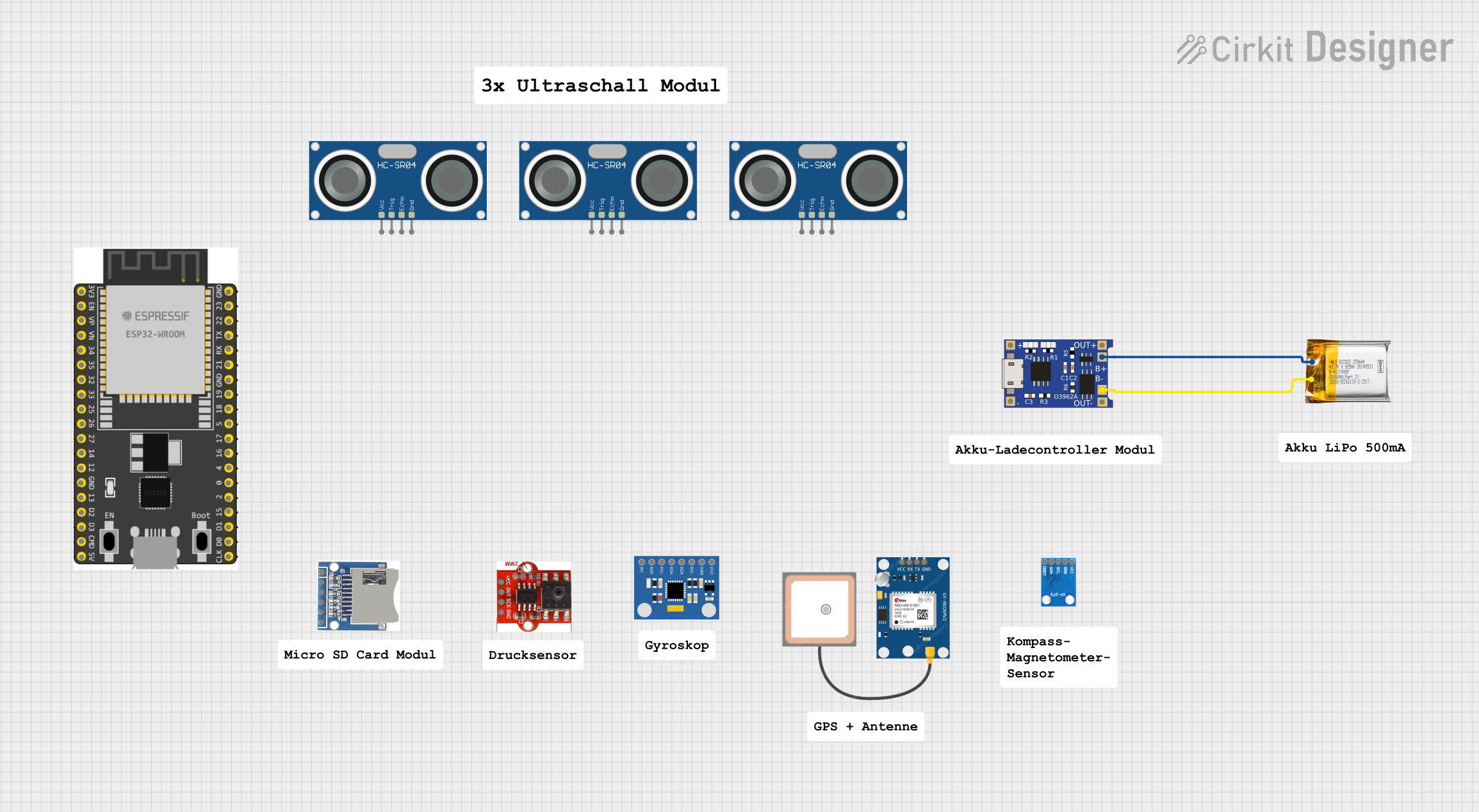
 Open Project in Cirkit Designer
Open Project in Cirkit DesignerExplore Projects Built with XL4016

 Open Project in Cirkit Designer
Open Project in Cirkit Designer
 Open Project in Cirkit Designer
Open Project in Cirkit Designer
 Open Project in Cirkit Designer
Open Project in Cirkit Designer
 Open Project in Cirkit Designer
Open Project in Cirkit DesignerCommon Applications and Use Cases
- DC-DC power supply modules
- Battery charging circuits
- LED drivers
- Motor speed controllers
- Powering microcontrollers and other low-voltage devices from higher voltage sources
Technical Specifications
The following table outlines the key technical specifications of the XL4016:
| Parameter | Value |
|---|---|
| Input Voltage Range | 5V to 40V |
| Output Voltage Range | 1.25V to 36V (adjustable) |
| Maximum Output Current | 8A |
| Output Power | Up to 200W |
| Efficiency | Up to 95% |
| Switching Frequency | 180 kHz |
| Operating Temperature | -40°C to +85°C |
| Protection Features | Thermal shutdown, short-circuit protection, overcurrent protection |
Pin Configuration and Descriptions
The XL4016 is typically available as part of a module with the following pin configuration:
| Pin Name | Description |
|---|---|
| VIN | Input voltage pin. Connect the higher input voltage (5V to 40V) to this pin. |
| VOUT | Output voltage pin. Provides the regulated output voltage (1.25V to 36V). |
| GND | Ground pin. Connect to the ground of the circuit. |
| ADJ | Adjustment pin. Used to set the output voltage via an external potentiometer. |
Usage Instructions
How to Use the XL4016 in a Circuit
Connect the Input Voltage (VIN):
- Connect the positive terminal of the input power supply (5V to 40V) to the VIN pin.
- Connect the negative terminal of the input power supply to the GND pin.
Set the Output Voltage:
- Use the onboard potentiometer (or an external one connected to the ADJ pin) to adjust the output voltage.
- Measure the output voltage at the VOUT pin using a multimeter while adjusting the potentiometer.
Connect the Load:
- Connect the positive terminal of the load to the VOUT pin.
- Connect the negative terminal of the load to the GND pin.
Verify Connections:
- Double-check all connections to ensure proper polarity and secure connections.
Power On:
- Turn on the input power supply and verify the output voltage and current using a multimeter.
Important Considerations and Best Practices
- Heat Dissipation: The XL4016 can handle high currents, which may generate significant heat. Ensure proper heat dissipation by using a heatsink or active cooling if necessary.
- Input Voltage Range: Ensure the input voltage is within the specified range (5V to 40V) to avoid damaging the module.
- Output Current Limit: Do not exceed the maximum output current of 8A to prevent overheating or triggering the overcurrent protection.
- Capacitor Selection: Use appropriate input and output capacitors to ensure stable operation and minimize voltage ripple.
Example: Using XL4016 with Arduino UNO
The XL4016 can be used to power an Arduino UNO from a higher voltage source. Below is an example of how to connect the XL4016 to an Arduino UNO:
- Connect a 12V power supply to the VIN and GND pins of the XL4016.
- Adjust the output voltage of the XL4016 to 5V using the potentiometer.
- Connect the VOUT pin of the XL4016 to the 5V pin of the Arduino UNO.
- Connect the GND pin of the XL4016 to the GND pin of the Arduino UNO.
Here is a simple Arduino sketch to blink an LED, powered by the XL4016:
// Simple LED blink example for Arduino UNO
// Ensure the XL4016 output is set to 5V before connecting to the Arduino
const int ledPin = 13; // Built-in LED pin on Arduino UNO
void setup() {
pinMode(ledPin, OUTPUT); // Set the LED pin as an output
}
void loop() {
digitalWrite(ledPin, HIGH); // Turn the LED on
delay(1000); // Wait for 1 second
digitalWrite(ledPin, LOW); // Turn the LED off
delay(1000); // Wait for 1 second
}
Troubleshooting and FAQs
Common Issues and Solutions
No Output Voltage:
- Cause: Incorrect input voltage or loose connections.
- Solution: Verify that the input voltage is within the specified range and check all connections.
Output Voltage Not Adjustable:
- Cause: Faulty or improperly connected potentiometer.
- Solution: Check the potentiometer connections and replace it if necessary.
Overheating:
- Cause: Excessive output current or insufficient heat dissipation.
- Solution: Reduce the load current or add a heatsink to the XL4016 module.
Voltage Ripple or Instability:
- Cause: Insufficient input or output capacitors.
- Solution: Add or replace capacitors with appropriate values to stabilize the voltage.
FAQs
Q: Can the XL4016 be used to charge batteries?
A: Yes, the XL4016 can be used for battery charging applications. However, ensure that the output voltage and current are set according to the battery's specifications.
Q: What is the efficiency of the XL4016?
A: The XL4016 has an efficiency of up to 95%, depending on the input voltage, output voltage, and load conditions.
Q: Can the XL4016 handle reverse polarity?
A: No, the XL4016 does not have built-in reverse polarity protection. Always ensure correct polarity when connecting the input voltage.
Q: Is the XL4016 suitable for powering sensitive electronics?
A: Yes, but it is recommended to use additional filtering capacitors to minimize voltage ripple for sensitive devices.